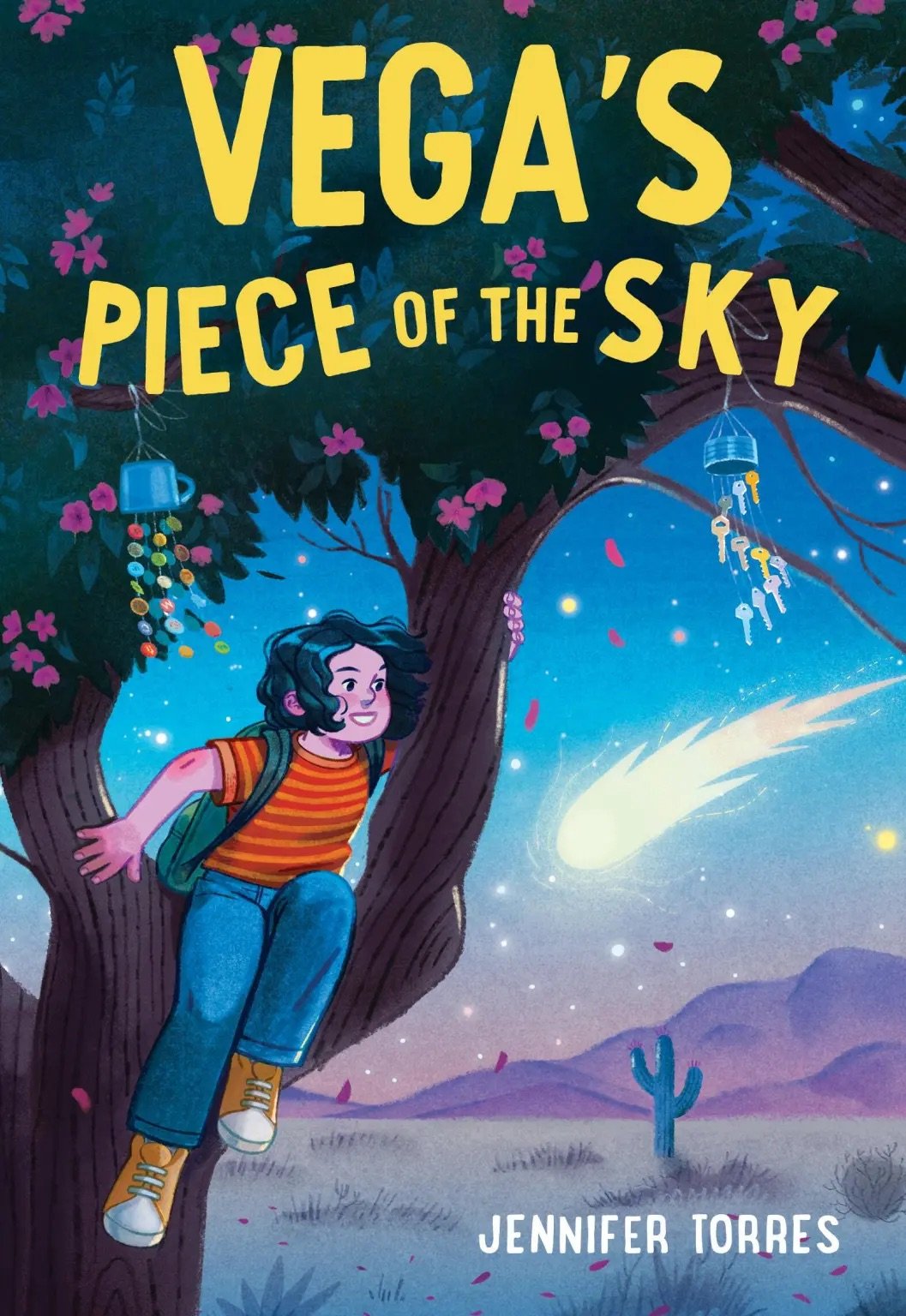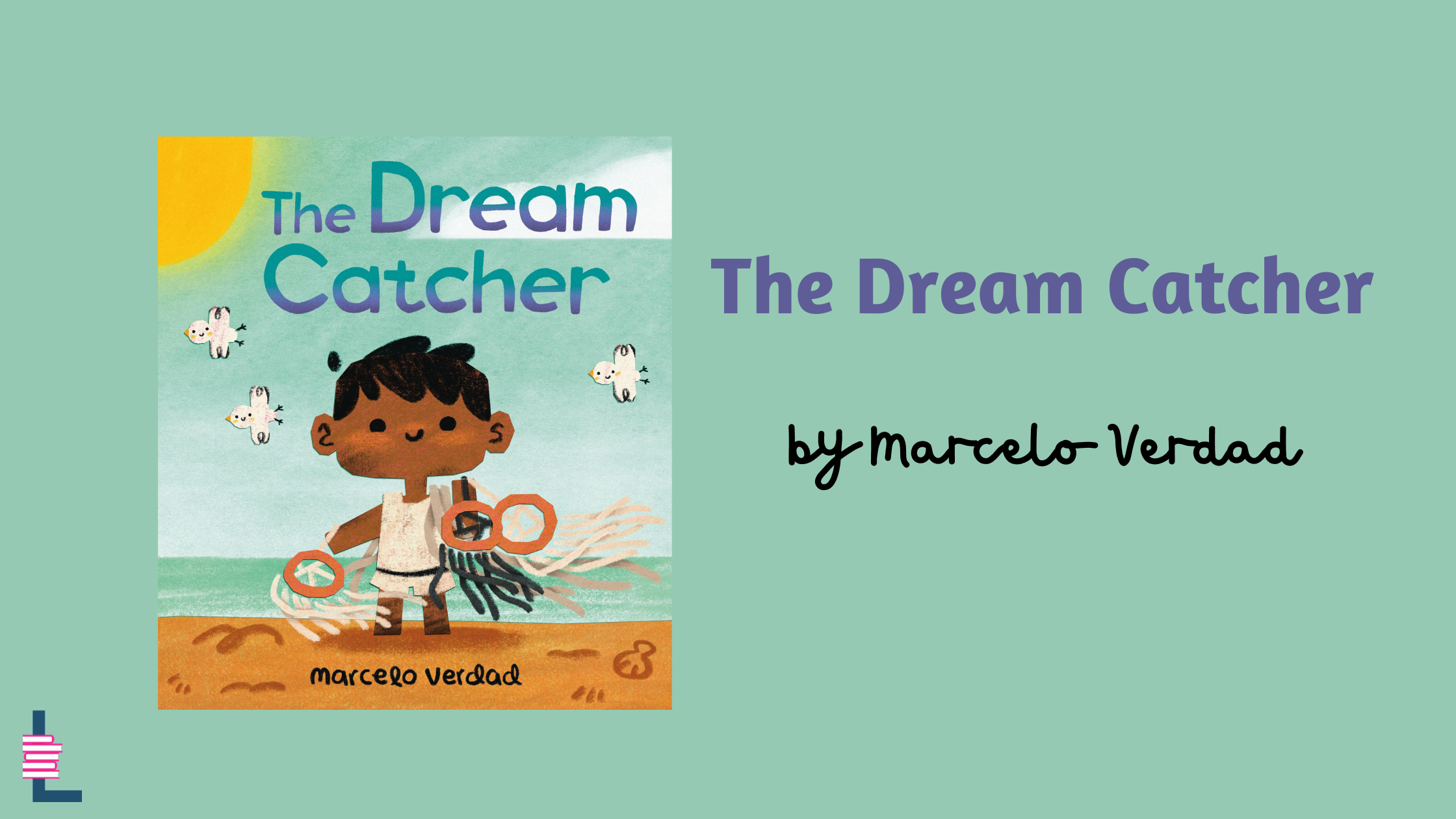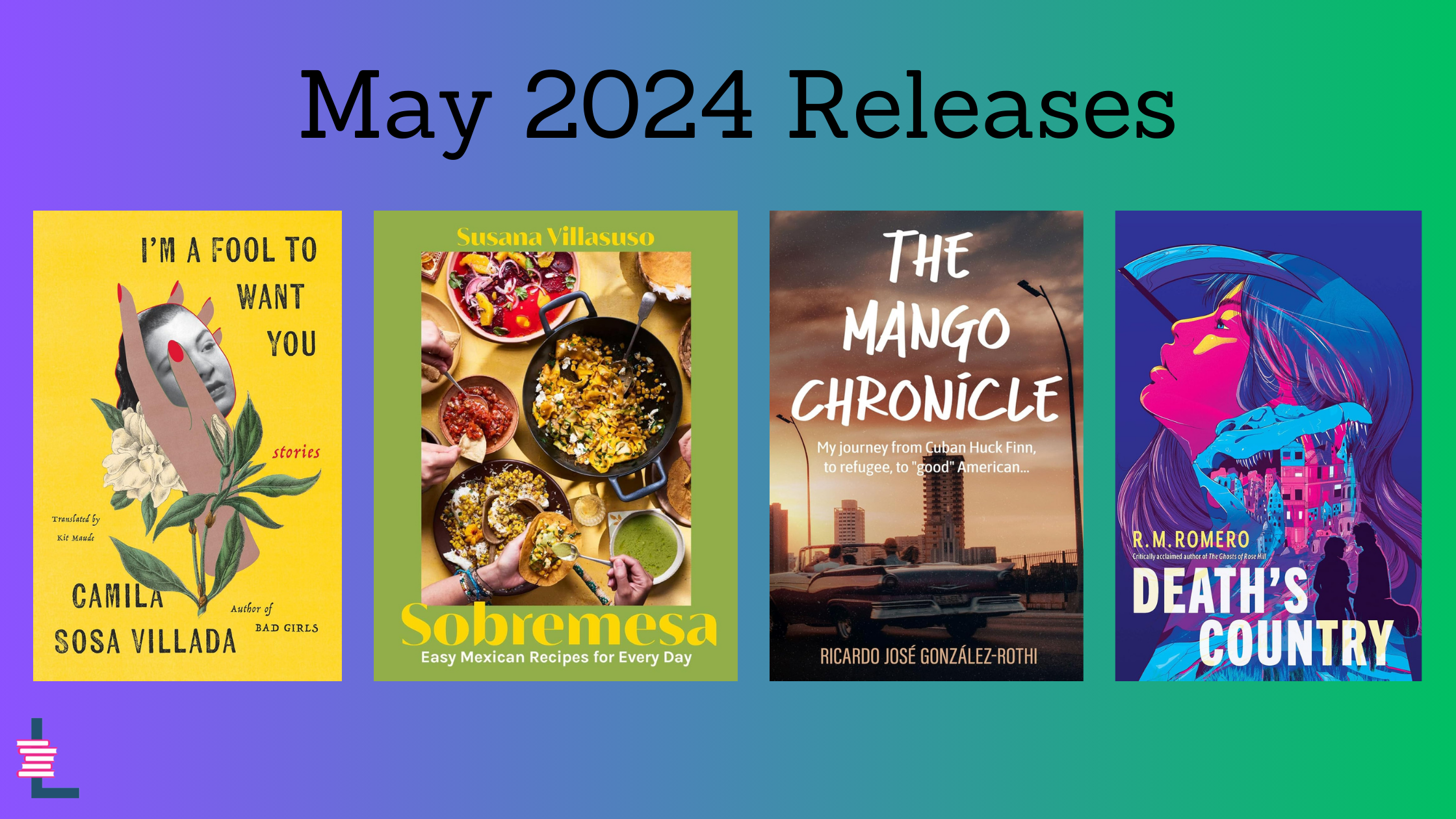In Barrio Rising: The Protest That Built Chicano Park, a girl named Elena is walking with her mom to their local tiendita for some masa and corn husks. On the way, they bump into a neighbor who has sketched the Coronado Bridge stretching over the bay from Barrio Logan – one of San Diego’s older Mexican American communities. A diesel truck passing by leaves behind clouds of dust.
Later, as they pass by a junkyard and get barked at by dogs, Elena’s mother stops and says, “Be brave, Elena – sé valiente.”
It’s this bravery that Elena and her community must later channel when they discover that the park they had been promised by the city would instead become a California Highway Patrol station. Barrio Rising is a historical fiction picture book about one community’s twelve-day land occupation and resistance in April 1970 that led to the creation of a colorful park below criss-crossing freeway overpasses. Written by debut author María Dolores Águila and illustrated by Magdalena Mora, the duo beautifully captures the fight and tremendous heart of an often-ignored community. Barrio Rising will be released on June 18 from Dial Books for Young Readers. Its Spanish version – El barrio se levanta: La protesta que construyó el Parque Chicano – was translated by David Bowles and will be released simultaneously.
Águila, a Chicana poet and writer from San Diego, grew up a few miles from Chicano Park – which features Chicano murals, sculptures, picnic tables and playgrounds. “And I always passed by the murals (in the park), but I never connected how and why they got there,” she told Latinx in Publishing. “It just never occurred to me.”
Then one day, a mural caught Águila’s eye. What followed was a years-long obsession to learn everything she could about Chicano Park. The fruits of that research and curiosity would eventually form Barrio Rising: The Protest That Built Chicano Park.
Ahead of the book’s release, Latinx in Publishing spoke with Águila about the inspiration behind Barrio Rising, what it was like to portray an ignored community on the page, and more.
This interview has been edited for clarity and brevity.
Amaris Castillo (AC): Congratulations on Barrio Rising. What inspired you to write this story?
María Dolores Águila (MDÁ): That’s one of the questions that I get the most and I think it’s one of the hardest to answer, because I can’t tell you a singular reason of why I wrote the story. The short answer would be that I live less than five miles away from Chicano Park and I’ve lived here for the majority of my life. I’ve driven by Chicano Park thousands of times. My father worked in the tuna canneries when they were there in Barrio Logan. I used to go to the community health center there. And I always passed by the murals, but I never connected how and why they got there. It just never occurred to me.
My mother-in-law lives in Barrio Logan and one day we were driving by (the park). And for some reason, the mural of Laura Rodriguez caught my eye. I don’t know why. It sparked something. I looked up her story, which was incredible by the way. Her entire story is like a real-life Cinderella, mariposa del barrio story. After that, it became like an obsession. For close to half a decade, I chased down every scrap of information that I could find about Chicano Park by visiting the park, going to the events, listening to speakers, watching movies. When I finally had a full understanding, it was like, Oh, my God. I have to write about this. People should know what happened here.
In a lot of ways, I wrote it for myself, because I’m a Chicana kid that grew up next to Chicano Park that didn’t know how to get there. After I figured out what had transpired, I was like, No. This has to be a story. People have to know. The world has to know what happened. Because I feel so often, as Latinas in the United States, we’re made to seem like we don’t have a history – that we’re very recent arrivals. But that’s not true. We have a very long history, and there have been a lot of things in our community that people have fought for but they’ve been buried.
AC: In your book we meet two Barrio Logan residents -- a mother and daughter -- walking near the Coronado Bridge. Almost immediately, readers can detect that this area is neglected. What was it like to portray an ignored community on the page for young readers?
MDÁ: For me, it was just portraying my own lived experience. I live in National City, which is directly south of Barrio Logan, and we have many of the same issues. We have the same issues of air pollution and heavy industry mixed in with residential areas. And even though I live in a bayfront community and Barrio Logan is a bayfront community – we’re literally on the bay – we really don’t have beach access. So this is something that I’ve lived. It wasn’t something that I had to really dig deep to find.



























